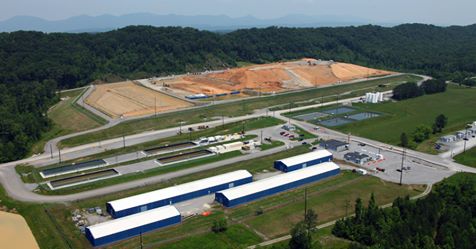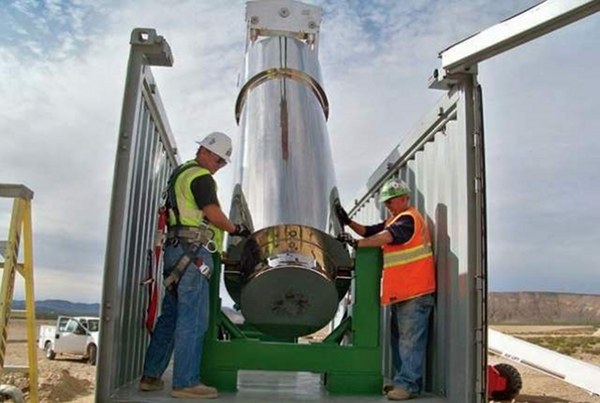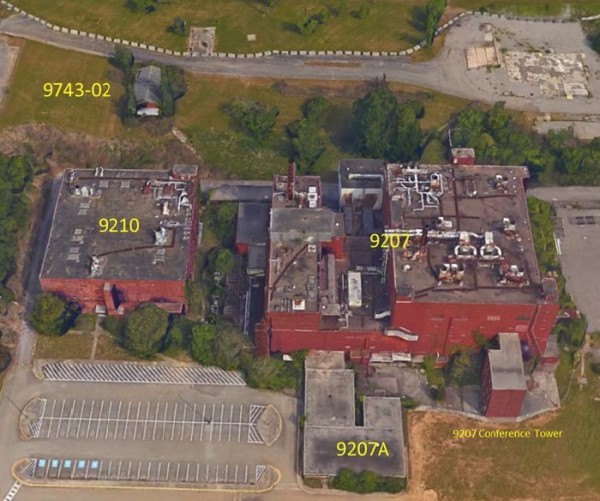From DOE Office of Environmental Management’s “EM Update” newsletter

UCOR employees Andy Rodgers, left, and Alex Johnson install heat tracing to protect systems at the Environmental Management Waste Management Facility during the cold snap in Oak Ridge. Temperatures did not reach above freezing for more than four consecutive days.
Much of the nation experienced an extreme cold snap over the recent holidays, and Tennessee was no exception with temperatures dipping to nearly zero degrees in Oak Ridge. Despite the bitter weather, preparations and recent upgrades helped prevent infrastructure failures during that time.
Many employees with EMÂ cleanup contractor UCOR reported to work over the holidays to ensure issues were resolved at several essential facilities. (EM stands for environmental management.)
At the Environmental Management Waste Management Facility, advanced planning and preparation protected critical water management systems during the deep freeze over the nearly weeklong cold snap, including a 6.5-hour unplanned power outage.
[Read more…]





